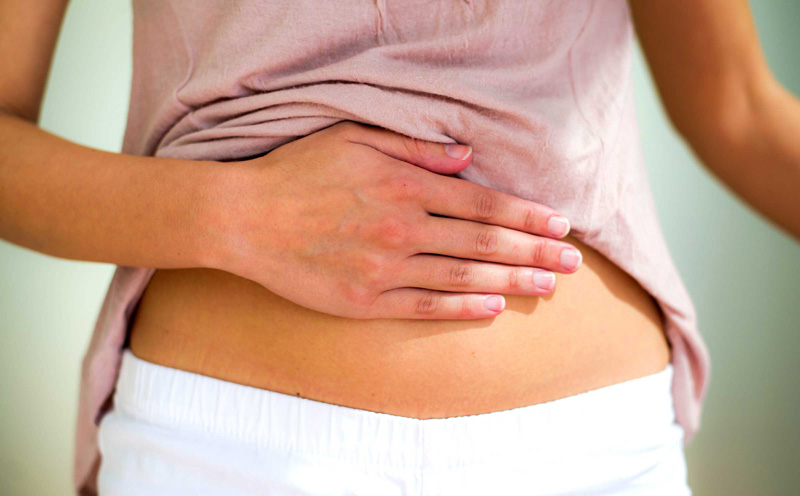Importance Of Calcium Combined With Vitamin D In Our Diet

Role of Calcium for all
Calcium is a mineral that is very necessary in our body. Every time a muscle contracts, a nerve sends a signal or when blood clots to stop a bleeding wound, calcium is involved. But calcium’s most publicized function is in the role of bone formation and prevention of osteoporosis. We lose calcium through hair, nails, sweat, urine and feces but our body cannot produce new calcium. That is why it is very important to take calcium in recommended amount through our diet.
Calcium for women
Premenopausal women and men should consume at least 1000 mg of calcium, while postmenopausal women should consume 1200 mg (total calcium from diet and supplement).
Sources
Milk and other dairy products like cheese, yogurt are very rich source of calcium, beside these some green vegetables such as broccoli contain good amount of calcium. Some cereals, soya products and fruit juices are good source of calcium when they are fortified with calcium. Failing to take calcium in significant amount causes osteoporosis.
Ca & Bone health
The term ‘osteoporosis’ is of Greek origin and literally mean “porous bone”. In this specific condition, there is progressive loss in bone density and mass. As a result, bones become thin, weak, fragile and have increased vulnerability to bone fractures. But calcium can only reach its full bone-building potential if your body has enough vitamin D. Well now question may arise what is vitamin D and how we will get it. Vitamin D refers to a group of fat soluble secosteroids responsible for enhancing intestinal absorption of calcium, iron, magnesium, phosphate and zinc.
About Vitamin D
In humans, the most important compounds in this group are vitamin D3 (also known as cholecalciferol) and vitamin D2 (also known as ergocalciferol). Cholecalciferol and ergocalciferol can be ingested through the diet and from the supplements. And synthesis of vitamin D (specially cholecalciferol) in the skin is the major natural source of the vitamin. In humans, the ultraviolet rays of sunlight with a weave length of 290-315 nm, initiate the photo conversion of provitamin D3, 7- dehydrocholesterol to previtamin D3 in the skin. Vitamin D from the diet or dermal synthesis is biologically inactive, activation requires enzymatic conversion (hydroxylation) in the liver and kidney. The dietary source of vitamin D include food and dietary supplements. There are a few naturally occurring food sources of vitamin D, these include fatty fish, fish liver oil and egg yolk. Some foods are however fortified with vitamin D. We need Vitamin D to the level of 1,000-1,200 mg/day for proper formation of bones and teeth. Failing to consume required amount of it leads to osteomalacia in adults and rickets in children.
Ca combined with Vitamin D
These nutrients are important to prevent impairment of bone growth in children and de-mineralization in adults, especially old age. Thus calcium and vitamin D work together to protect your bones. Calcium helps to protect and maintain bones, while vitamin D helps your body effectively absorb calcium.









